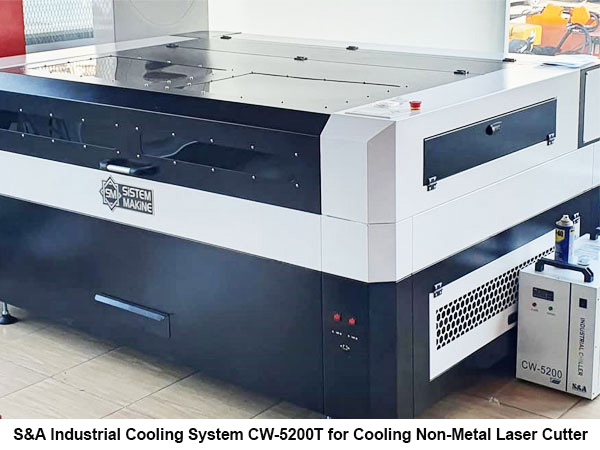
There are hundreds of major manufacturing industries in China. These manufacturing industries includes various processing techniques and machines, such as punch press, cutting, drilling, engraving, injection molding and so on. And there are different kinds of media, such as plasma, flame, electric spark, electric arc, high pressure water, ultrasonic and one of the most advanced media that we need to mention - laser.
Where is the future of laser processing?
In the recent years, laser processing industry has been developing rapidly and becomes the shining point in machine manufacturing area. Ever since 2012, domestic fiber lasers have been widely used and the domestication of fiber laser has been making progress. The advent of fiber laser has pushed the world’s laser processing technique to a higher level. Fiber laser is specially good at processing metals, especially carbon steel and stainless steel. It is less advantageous when it comes to process aluminum alloy and copper, for these two metals are highly reflective. But with improved technique and optimization of the optical system, it is still suitable for processing these two metals.
Nowadays, laser cutting/marking/welding of metal is the most important technique in laser processing. It is estimated that metal laser processing account for over 85% of the industrial laser market. While for non-metal laser processing, it only account for less than 15%. Although laser technology is still a novel technology and has superior processing effect, the demand of laser processing will gradually decrease as the industrial profit decreases. Facing this situation, where is the future of laser processing?
Many industry insiders think that welding will become the next development point after laser cutting and marking technique becomes mature. But this point of view is also based on metal processing. However, in our opinion, we think that we should broaden our horizon and focus on non-metal processing.
The prospect and advantages of non-metal laser processing
The common non-metal materials in our daily life include leather, fabric, wood, rubber, plastic, glass, acrylic and some synthetic products. Non-metal laser processing accounts for small share in the laser markets both home and abroad. Even so, many European countries, the U.S. and Japan started the development and exploration of the non-metal laser processing technique a long time ago and their techniques are quite advanced. In the past few years, some of domestic factories also have began the non-metal laser processing, including leather cutting, acrylic engraving, plastic welding, wood engraving, plastic/glass bottle cap marking and glass cutting (especially in smart phone touch screen and phone camera.
Fiber laser is a major player in metal processing. But as non-metal laser processing develops, we gradually realize that other kinds of laser sources might be more advantageous in processing non-metal materials, for they have different wavelength, different light beam quality and different absorption rate for non-metal materials. Therefore, it is inappropriate to say fiber laser is applicable for all kinds of materials.
For wood, acrylic, leather cutting, RF CO2 laser is much better than fiber laser in cutting efficiency and cutting quality. In terms of plastic welding, semiconductor laser is more superior than fiber laser.
The demand of glass, fabric and plastic is huge in our country, so the market potential of laser processing of these materials is huge. But now, this market is facing 3 problems. 1. Laser processing technique in non-metals is still not mature enough. For example, laser cutting welding is still challenging; laser cutting leather/fabric will produce a great deal of smoke, which will cause air contamination. 2. It took more than 20 years for laser to be well known and widely used in processing metal. In non-metal areas, many people don’t know laser technology could also be used to process non-metals, so it needs more time to promote. 3. The cost of laser processing machine used to be very high, but in the past few years, its cost drops dramatically. But in some special customized applications, the price is still high and a little less competitive than other processing methods. However, it is believed that in the future, these problems could be solved perfectly.
Stability is one of the key factors when users select laser device. However, the stability of the laser device relies on the equipped industrial cooling system. Besides, the cooling stability of the laser cooling chiller is crucial for the lifespan of the laser device.
S&A Teyu is a leading laser chiller manufacturer in China and its product range cover CO2 laser cooling, fiber laser cooling, semiconductor laser cooling, UV laser cooling, YAG laser cooling and ultra-fast laser cooling and it is widely used in non-metal processing, such as leather processing, glass processing and plastic processing. To discover the full product range of S&A Teyu, just click https://www.chillermanual.net











































































































